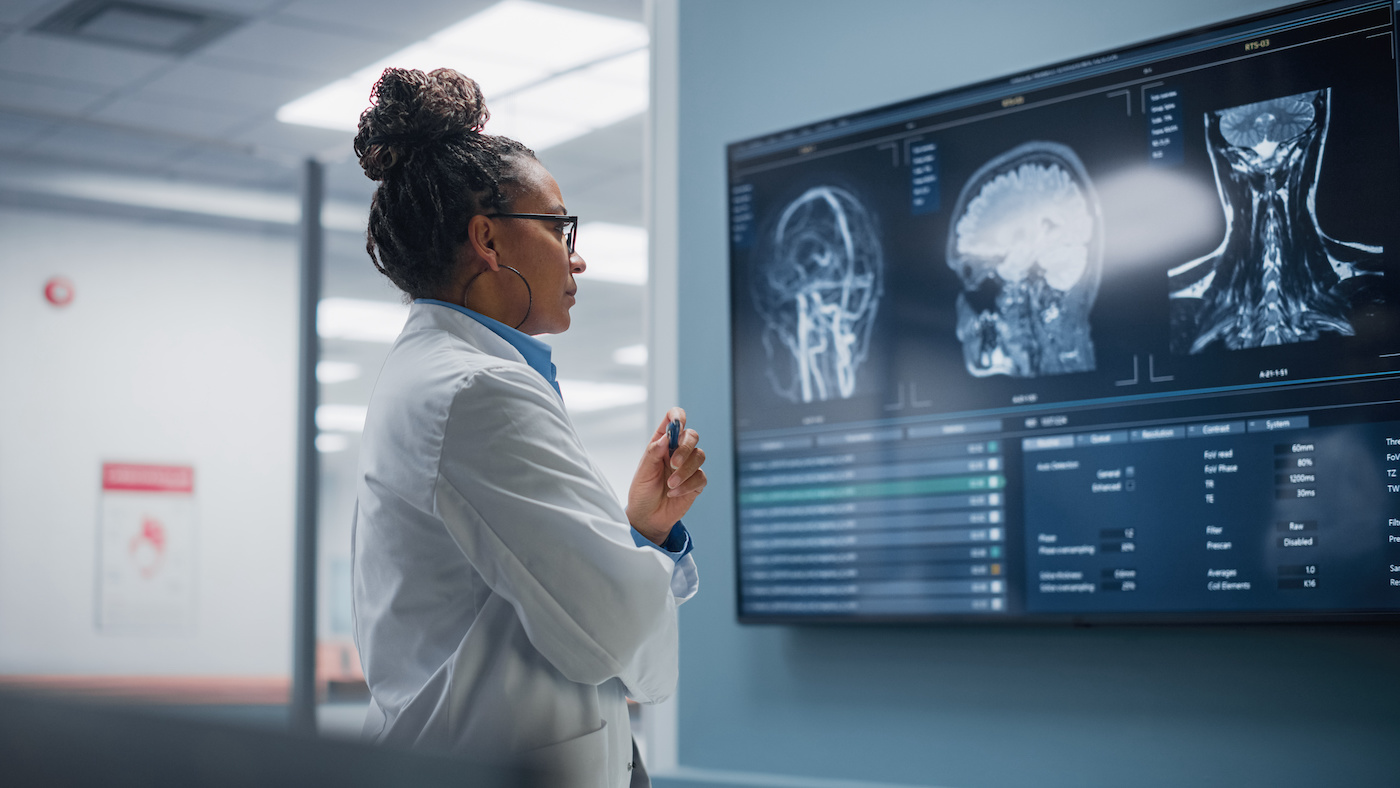By William Morice II, M.D., Ph.D., CEO and president of Mayo Clinic Laboratories
Clinical laboratory teams in the last year may feel like they went from finishing a marathon to running sprints on a track with barely a chance to catch their breath.
The marathon? The massive volumes of COVID-19 tests that labs processed during the pandemic. Then, just as those tests started to tail off, lab teams were inundated with pent-up demand for other tests, advances in digitalization, precision medicine, operational efficiencies, and other areas that hold the potential to forever change the landscape of the clinical laboratory.
Certainly, all these advances won’t transform lab operations overnight. But some will be especially impactful this year in reshaping how people get their medical diagnoses.
A bigger role for at-home tests
People have made it clear that they prefer to use at-home tests to see if they have COVID-19. The tests are convenient, allowing someone to take a test at home and get their diagnosis all in a matter of minutes. They help address a challenge that labs have been struggling with for some time: getting test results to patients faster so they can get the care they need sooner.
During the pandemic, massive investments were made in the global manufacturing base for self-administered tests, making them easier and cheaper to obtain than ever before. Today’s greater demand for self-testing is now helping expand at-home tests to more diseases. Just in the last year, for instance, the FDA authorized the first over-the-counter at-home test to detect the flu. And a rapid at-home strep test could be available soon.
But even as at-home tests continue to proliferate, labs will remain central to medical testing. Somewhat counter-intuitively, increased use of self-administered tests could drive up demand for tests such as lab-administered PCR tests, as they may be used for confirmation of results in some settings. For this reason, these PCR tests, such as those to detect COVID-19, remain a key tool in our diagnostic armamentarium. They’re more accurate and can be used to confirm the results of at-home tests.
As the testing landscape evolves, clinical labs should have a seat at the table to help shape policies for infectious disease testing and guidelines around test usage. At the same time, labs will need to decide how they will utilize the instrumentation they put in place for COVID-19 testing. As part of that process, they should explore opportunities to improve collaboration with diagnostic manufacturers.
Automating and transforming labs with artificial intelligence
It is already happening. Artificial intelligence, which includes large language models, is changing healthcare and life sciences. Already in the pharmaceutical sector, companies are using AI to help shorten the years-long drug-development process to get treatments to patients sooner.
In the lab environment, AI has the potential to make processes more automated and efficient and to improve safety and quality. All this can help patients more quickly get the diagnoses and treatments they need.
For example, traditional parasite detection involves manual and subjective examination done by trained technologists, making it difficult to detect rare parasites. Staff satisfaction can also be low because most specimen submissions don’t contain parasites.
With the AI system, lab staff can use digital imaging and AI to filter out negative specimens, a source of staff fatigue. Now, staff focus more of their time on positive specimens or suspicious findings.
This has helped improve job satisfaction, which is crucial given how difficult it is to attract and retain qualified technologists today. The lab has also reduced screening time from about five minutes to around 15 to 30 seconds.
Another area where AI can help is in the management of patient records. About 70% to 80% of the data in patient records comes from the lab. AI can help capture this data to reduce the administrative burden on physicians. More than that, AI can help mine this data for insights and treatment options. And it can summarize the data in ways that patients, physicians, and clinicians can understand.
Of course, with all this opportunity comes responsibility. AI can help provide more insights into patients and their health, but it must be done in a way that protects patients and their privacy. AI must be carefully managed to make sure it doesn’t skew or bias data, which can make care less equitable and accessible.
The path ahead
Plenty more lies in store for clinical labs in 2024, especially when it comes to how technology can further improve industry efficiency and profitability.
Wearable technology is a prime example. This tech can monitor everything from a person’s blood sugar and heart rate to how they’re sleeping and breathing. This creates invaluable opportunities to track patient health and monitor for disease outside the walls of the lab and further improve treatments. But detection technology alone will not make the biggest impact; it will be connectivity between these various sources of information that will transform how diagnoses are made and care is delivered. For instance, reaching the point where the results from an at-home administered test are transmitted to the patient’s care provider and to the pharmacy to deliver indicated treatment will create an entirely new healthcare experience.
The opportunities before us are not in some distant future — they are right at our doorstep. The most important thing as we work to realize them is to keep the needs of patients and the people we have the privilege to care for at the center of what we strive to achieve.
The views and opinions expressed herein are the views and opinions of the author and do not necessarily reflect those of Nasdaq, Inc.
Image and article originally from www.nasdaq.com. Read the original article here.

